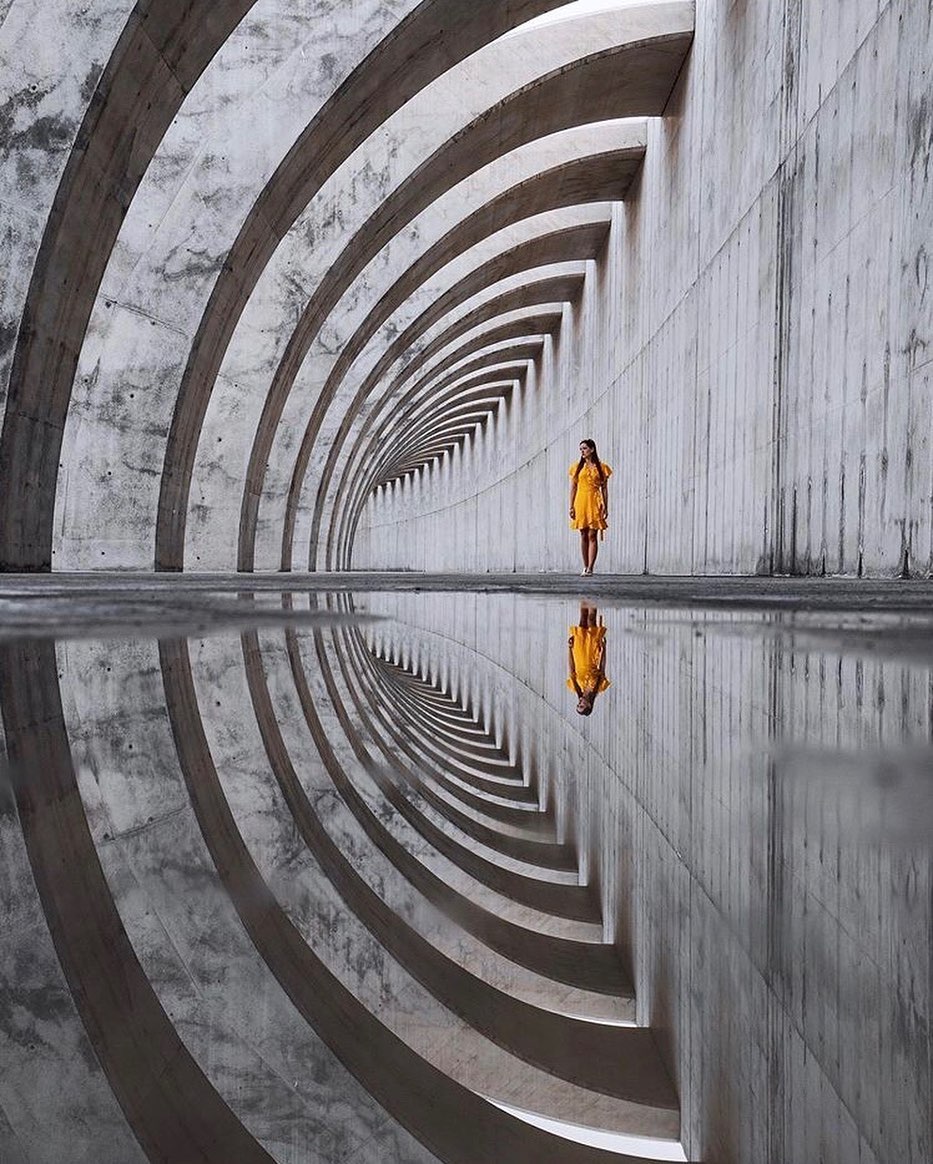
11 Negative Space Photography Tips
For personal or commercial use, all of our CC0 licensed images are completely free to use! Try a 1-month Free Trial of Shutterstock & get 10 free photos Learn More. Beautiful free images for personal and commercial use. All business, food, people and technology photos are free, high-resolution, and no attribution is required.
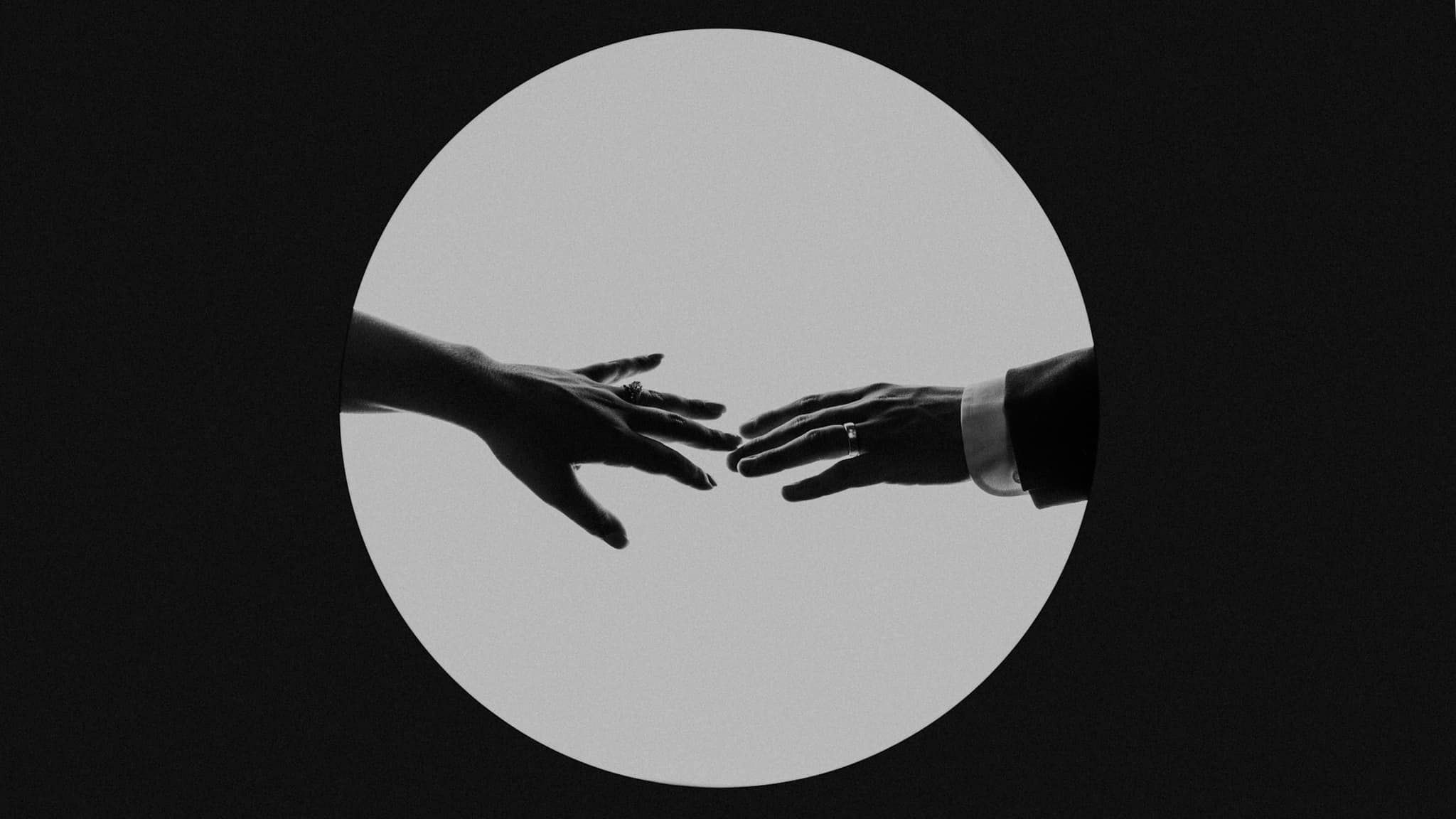
20 Photos That Will Make You See Negative Space Differently
15 mins. Negative space is the area surrounding the main subject in a photograph which is left unoccupied. Put simply, it is the space around the object itself that helps define the positive space (or main focus). When used creatively together, negative and positive space can communicate the composition of your photograph.

Composition in photography negative space
In negative space photography, the negative space always outsizes the positive space. The negative space functions as a counterbalance to the positive space. Negative space is also referred to as white space or empty space. It's a very powerful tool to create an intriguing image. Let's find out why it's so powerful.
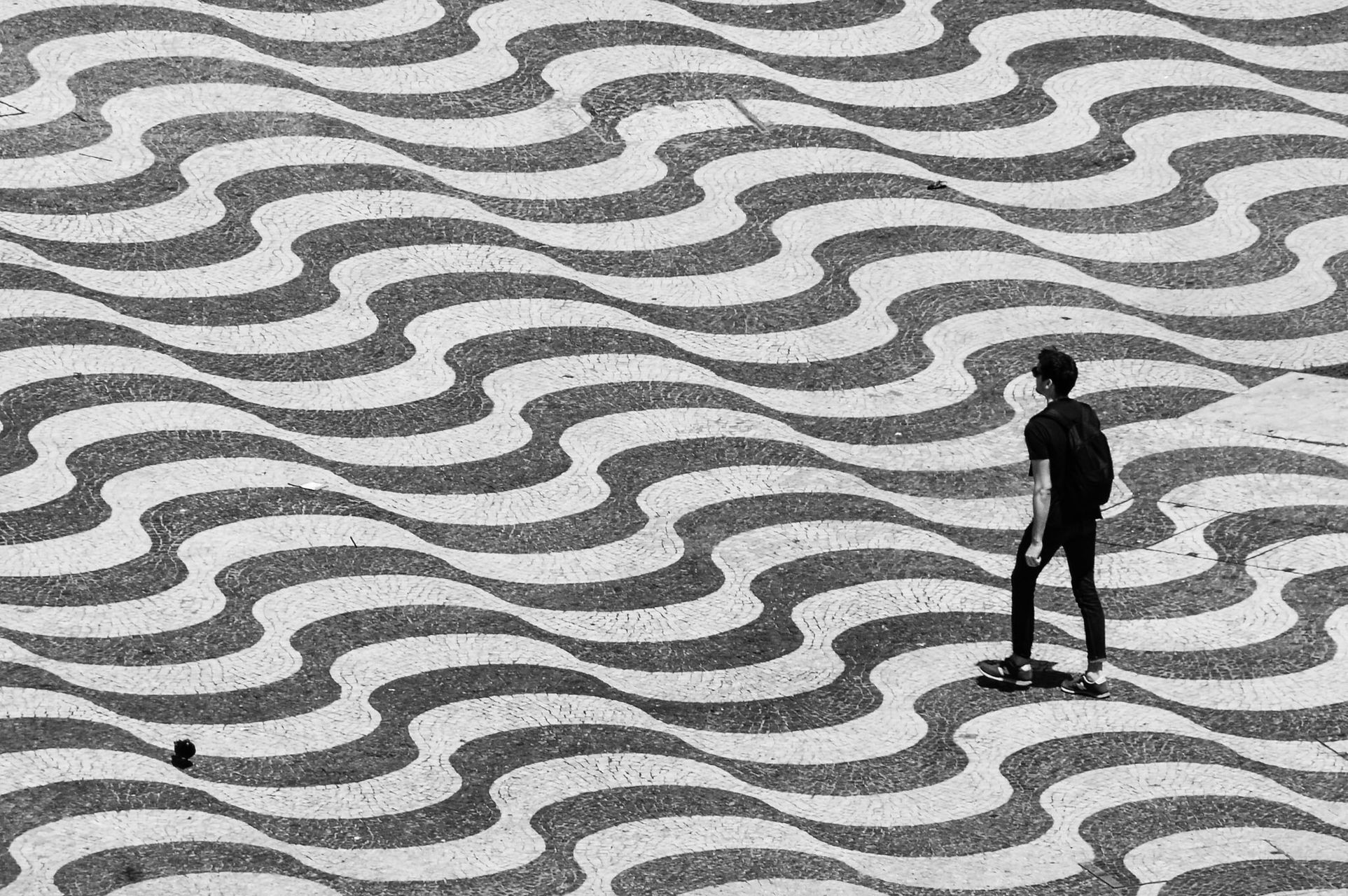
20 Photographs That Prove Negative Space Can Be Positively
The rule of space in photography can help you create the impression of movement. To convey action, the rule suggests that space should be left either in front of or behind the subject (or both). For example, if a subject is moving across a scene, you can aim to capture both the subject and the negative space surrounding the subject.

10 Amazing Smartphone Photos That Use Negative Space Negative Space
Using Negative Space to Convey Emotion. Careful use of negative space can help to change the mood and tone of the image. If you have a light, airy negative space, it can set the stage to show a range of positive emotional moods in your photograph. A dark negative space can be sinister, lonely, or intense.

Tips for Using Negative Space in Photography to Create Stunning Images
Too little negative space results in cluttered and busy photographs with every element in the photo screaming for the viewer's attention. In the photo above, part of my London street photography.
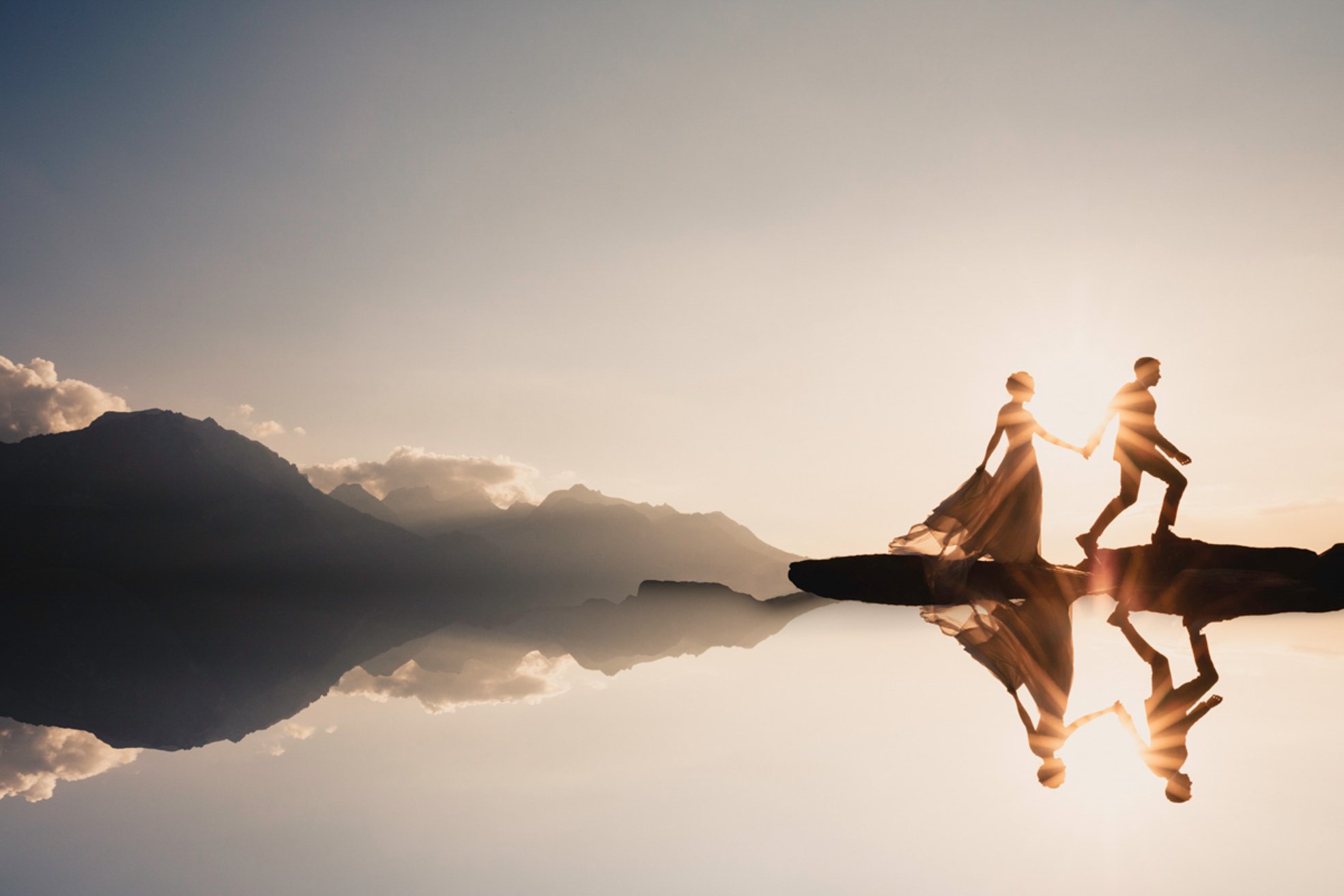
20 Photos That Will Make You See Negative Space Differently
Negative space photography is about relationships and how the subject relates to expansive spaces, whether it's a wide field of grass, a vast desert, or an open sky. Typically, what's most importantin the image is a sense of scale and breathing room for the subject, rather than the specific type of negative space..

Tips for Using Negative Space in Photography to Create Stunning Images
Portrait mode blurs the background, allowing the main subject to stand out from its surroundings. When composing a shot with negative space, you can use Portrait mode to blur a background that might otherwise distract the viewer. This allows you to create the illusion of negative space, even in cluttered environments. 4.
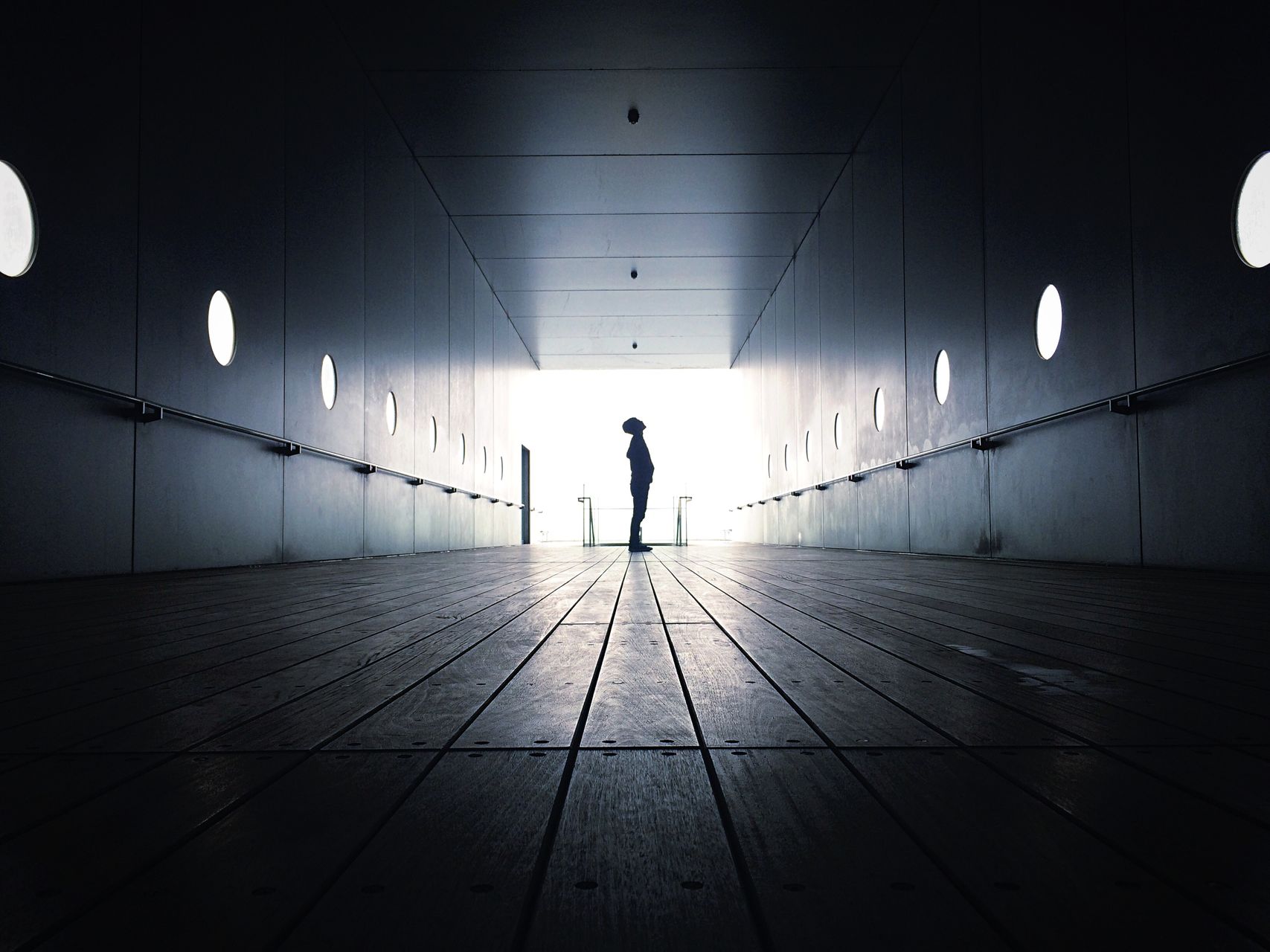
20 Photographs That Prove Negative Space Can Be Positively
Tip #3: Use Negative Space to Convey Emotion. Photo courtesy of Lin & Jirsa Photography. If you want to convey an emotion or mood, then negative space photography can help. Before you take the picture, pay attention to the space around your object, as well as the lighting. Consider the emotion you're trying to convey.

Examples of Negative Space in photography, why and how to use it.
Use a Wider F-Stop. Using negative space in your photography requires both technical and conceptual thinking. In addition to picking the right lens, you also need to think about the settings you're going to use on your camera. When making your primary subject stand out, using a wider f-stop on your camera can help you achieve this.
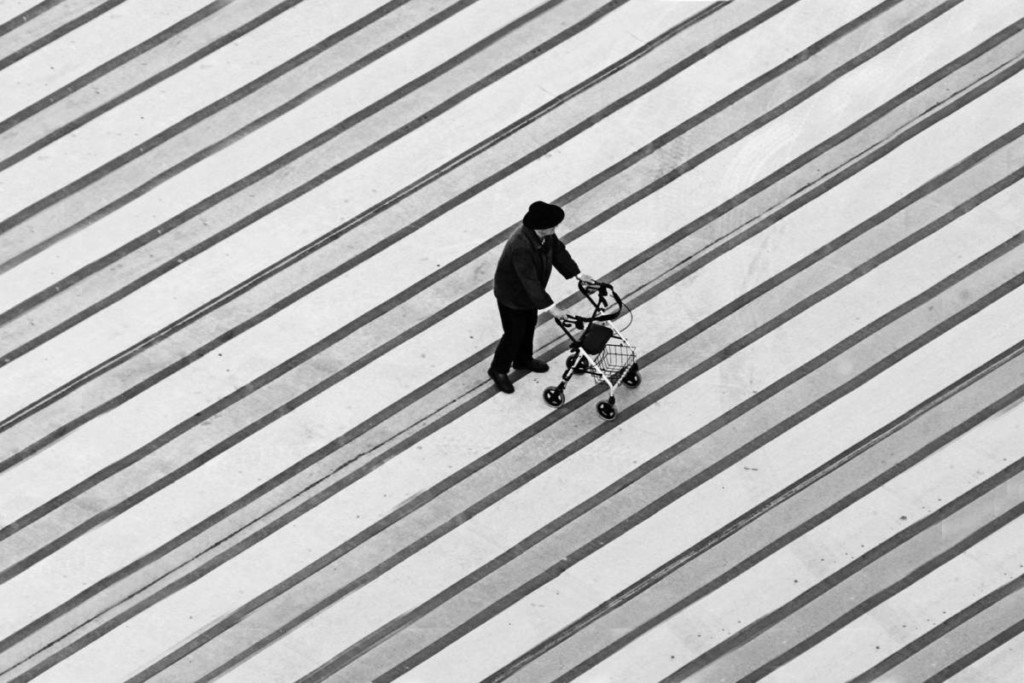
Embracing negative Space in Photography Streetbounty
Negative space can drastically change the mood and story of an image. In many cases, negative space is the mood, the emotion, what creates those things in the first place. It can act as a context, it can create a sense of lightness, airiness, it can strengthen the positive emotions in a photograph, emphasize the feelings of your subject whether.

Photo and Travel Negative space photography Space photography
Negative space usually endows an image with feelings of solitude and peacefulness, which encourages an attitude of contemplation. Using negative space is different to the usual approach to photography, where you try to fill the frame as much as possible with the subject. Leaving lots of negative space can shock viewers when they first see this.
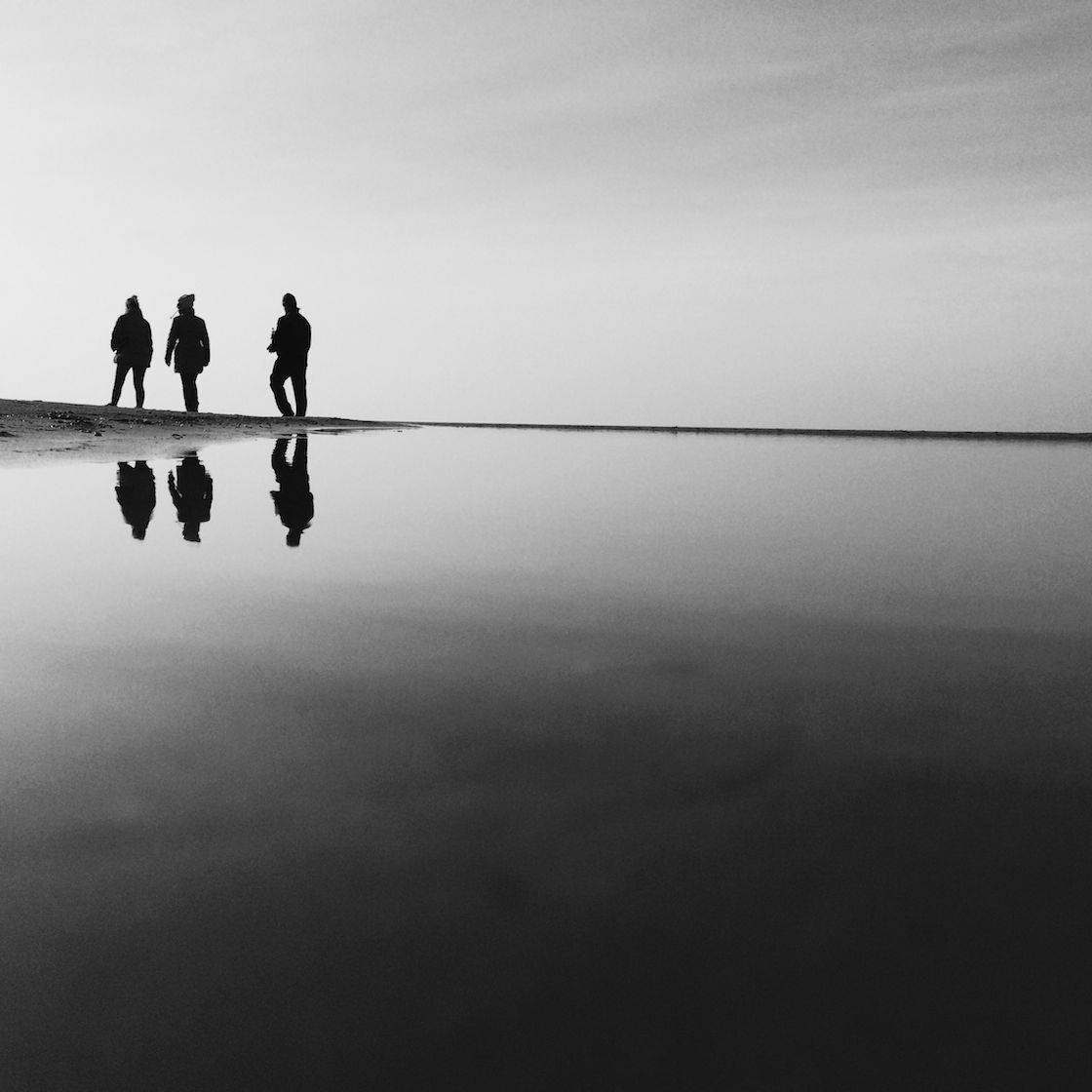
How To Create Powerful iPhone Photos Using Negative Space
Provide "breathing room" and a place for a viewer's eyes to rest. Add a sense of size and scale, whether smallness or vastness. Convey emotions such as calmness, loneliness, sadness, hope.
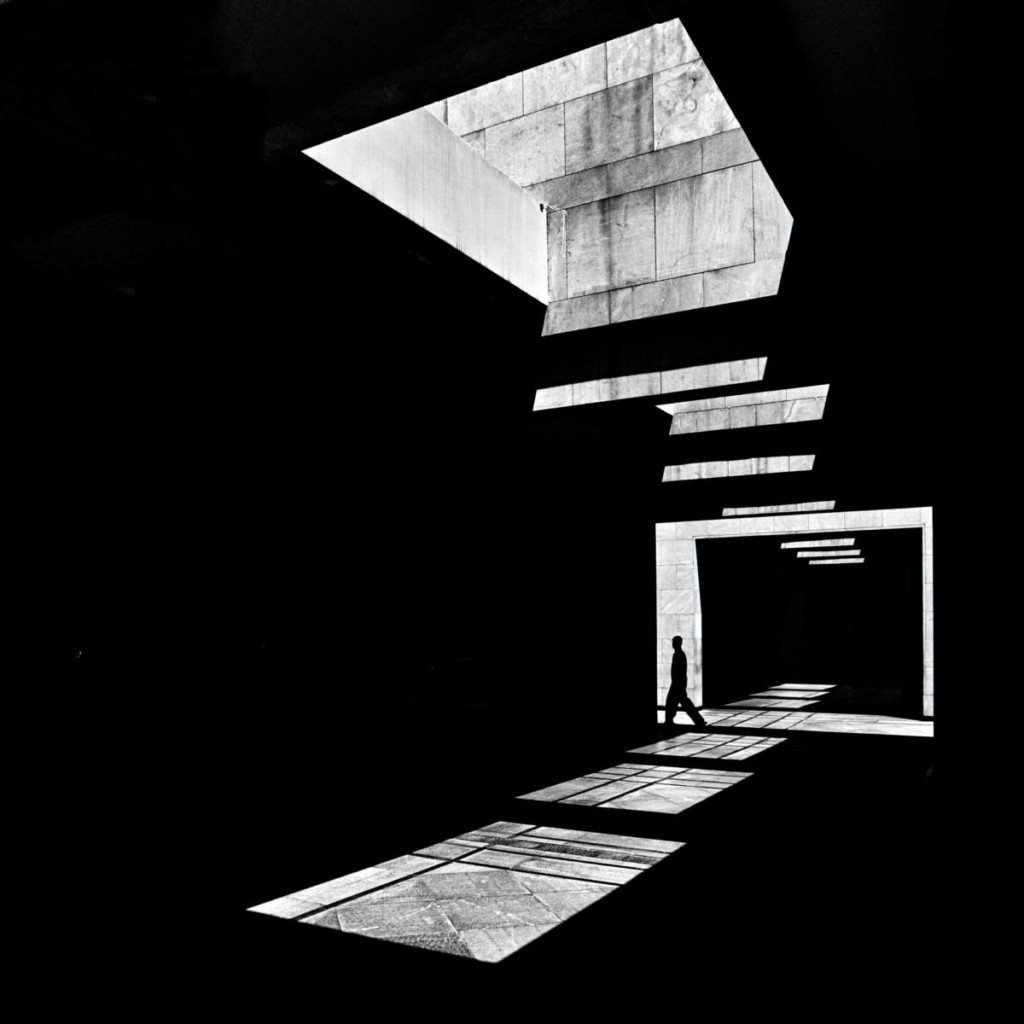
Embracing negative Space in Photography Streetbounty
The negative space includes the wall, floor, and bench. Photo courtesy of Canva. In the following image, the rule of thirds is implemented to clearly make the lighthouse the main subject. The rocks, water, and sky are the negative space. They're beautiful, but still, emphasize the lighthouse as the main focus.
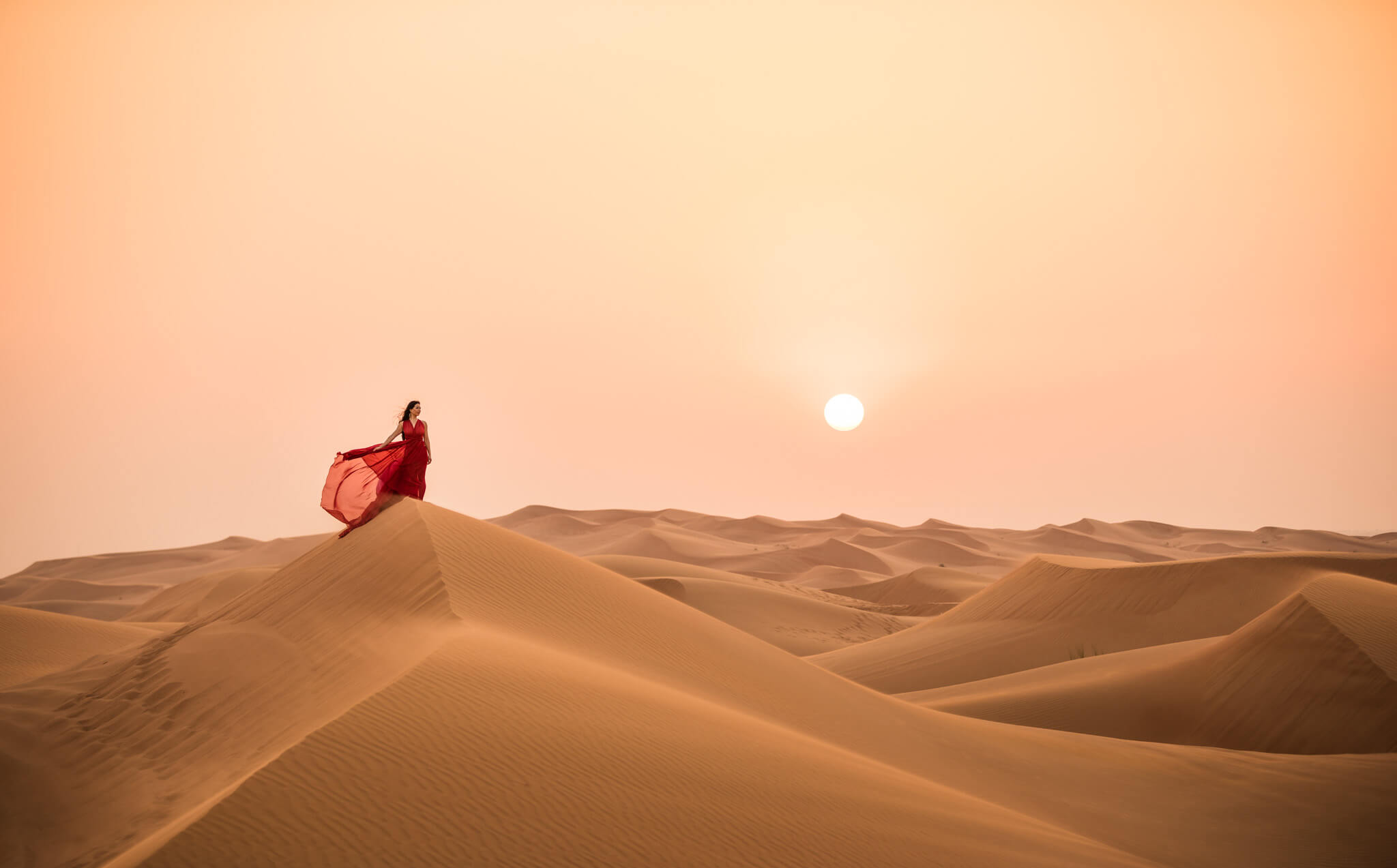
Negative Space Photography Examples And Tips For All Photographers
Most great photos have negative space of some kind. And here's why: Negative space helps emphasize your subject, which is the focal point of your image. Negative space allows your subject to breathe, while also compelling the viewer to look toward the subject, rather than away from it.

Konsep Terpopuler Negative Space Photography Examples
1) Have a hand holding onto a sparkler on a white background. The composition between the light and the empty background will pull the focus on the sparkler. 2) Go to a beach setting and have a person stand with only their feet in the water, positioning them to the side. The negative space will not be empty, but that is perfect as it will.